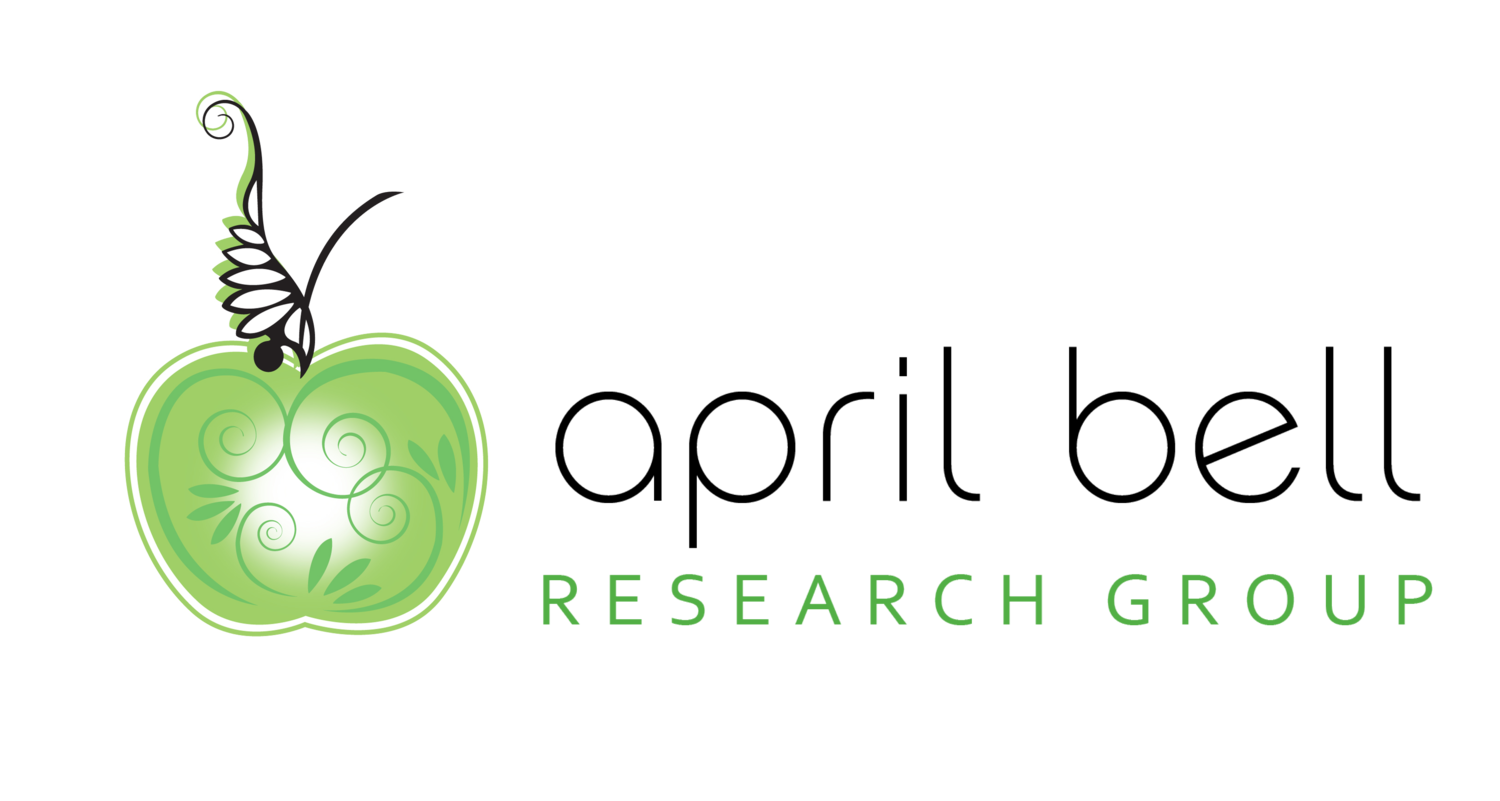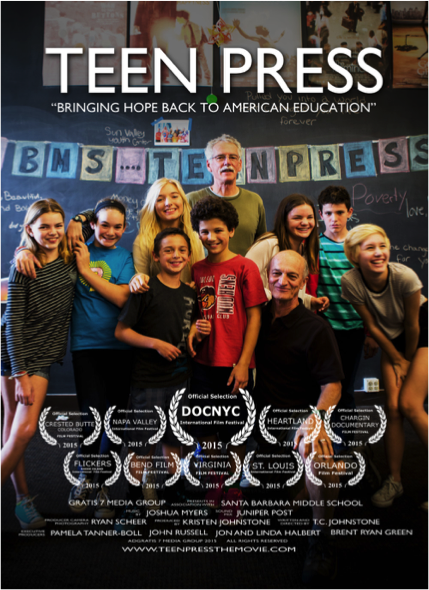Last summer, one of our favorite clients commissioned us for a project where they needed reactions from both kids AND parents!
The problem we’ve found in the past is that kid’s reactions are somewhat biased by their parents (and sometimes, although not always), some parents want to influence their child’s reactions. However, we needed to have parents’ perspective to get a holistic view.
Our goal is to design research as “efficiently” as possible so we worked side by side with our client partner to create research that would allow reactions from BOTH parents & children separately in the same group.
So we designed a process that will ensure the project will be a success:
- The Problem: How do you design a kid’s research where you are able to get uninfluenced responses from both the kids AND their parents? Did I forget to mention that apart from talking to kids, we also wanted to get their parents’ reactions and inputs?
- The Solution: Create an environment where both the kids and parents would feel comfortable being separated in some parts of the research. Trust me, it’s not a logistical nightmare!
- Set-up a movie room for kids
- Explain logistics and timing to parents
- Coordinate amongst ourselves when kids would be in and out of the focus group discussion
As soon as we figured out the rhythm to the process after the first group, everything was smooth sailing and we were able to implement our research design:
- Get kids’ taste preference while parents watched in the back room.
- Get parents’ interpretation of their kids’ food ratings.
- Understand how both the parent and kid come to an agreement and decide what to order.
- How to effectively get learnings/reactions/inputs with just 8 focus groups.
In the end, we were able to successfully conduct the research. And the bonus was we all had fun with the kids!








































